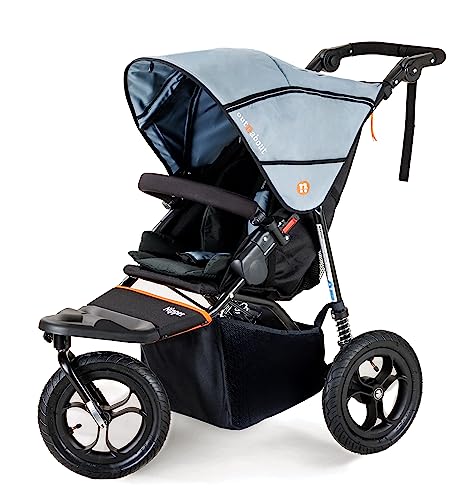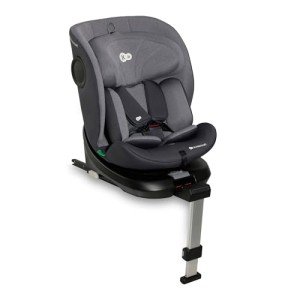
Twin Pram
Add a review FollowOverview
-
Founded Date February 16, 1971
-
Sectors Jednostavna građevinska zanimanja
-
Posted Jobs 0
-
Viewed 1
Company Description
Pram Or Pushchair Tools To Ease Your Everyday Lifethe Only Pram Or Pushchair Trick Every Person Should Learn

Pram or Pushchair: A Comprehensive Guide for New Parents
Choosing the right mode of transportation for young kids is one of the first considerable decisions brand-new parents face. With numerous options on the marketplace, the dispute between prams and pushchairs can be bewildering. This short article will offer comprehensive insights into the differences in between prams and pushchairs, their requirements, benefits and disadvantages, and what to consider before buying.
Understanding Prams and Pushchairs
At its core, the option between a pram and a pushchair lies in their style and intended usage.
Meanings:
-
Pram: A pram, short for “perambulator,” is created primarily for newborns. It features a flat, carrycot-style seat that allows the baby to lie down entirely flat. Prams are often more glamorous and are meant for carrying infants who are not yet staying up independently.
-
Pushchair: A pushchair cheap, also understood as a stroller, is developed for older babies and young children who can stay up. Pushchairs typically have an upright seat and might not recline totally flat, although lots of designs now use adjustable reclining options for comfort.
Key Differences:
| Feature | Pram | Pushchair |
|---|---|---|
| Age of Use | Newborn to about 6 months | 6 months to 4 years or more |
| Seating Position | Flat, lying down | Upright or somewhat reclined |
| Weight | Generally heavier | Normally lighter |
| Mobility | Less portable due to weight | More portable and much easier to fold |
| Use Case | Short strolls, leisurely walks | Daily use, errands, longer trips |
Advantages and Disadvantages
Pram
Advantages:
- Comfort for Newborns: Provides a flat surface area favorable to a newborn’s developmental requirements.
- Stylish Designs: Many prams come with classy designs, offering a touch of luxury.
- Storage Space: Sometimes include bigger storage alternatives listed below.
Downsides:
- Weight: Generally heavier and bulkier than pushchairs.
- Minimal Usage: Suitable only for newborns and babies who can not sit up.
Pushchair
Advantages:
- Versatility: Suitable for older babies and young children, typically accommodating them for several years.
- Lightweight and Portable: Easier to fold and transfer, making them ideal for hectic parents.
- Configurable Options: Many pushchairs have adjustable seats and accessories for safety seat and carrycots.
Disadvantages:
- Comfort for Newborns: Not constantly ideal for babies in the early months without a proper insert.
- Less Luxurious: Often perceived as less glamorous compared to prams.
Making the Right Choice
When it pertains to deciding between a pram and pushchair, numerous factors ought to be considered:
1. Way of life:
- If parents frequently make long trips or opt for walks, a pram might be preferential.
- If they require to navigate through city streets or take public transportation, a light-weight pushchair might be preferable.
2. Spending plan:
Pricing can differ widely. Understanding your monetary limitations will help focus on choices that satisfy both aesthetic and useful requirements.
3. Versatility:
Some progressive options consist of travel systems that permit parents to transition from a vehicle seat to a pushchair with the exact same base, offering maximum flexibility.
4. Storage Space:
A pram may use up more space in a car or at home, while a pushchair’s capability to fold down can be a significant advantage in tighter spaces.
Frequently asked questions
Q1: Can I utilize a pushchair for newborns?
A1: Some twin pushchairs come with bassinet accessories or fully reclining seats, making them appropriate for newborns. However, it’s necessary to inspect the specifications before use.
Q2: How do I choose the ideal model?
A2: Consider your lifestyle, budget, and the functions you prioritize, such as weight, mobility, and storage alternatives.
Q3: Are prams and pushchairs safe for my baby?
A3: Yes, both prams and pushchairs are developed with security functions. Try to find models with a 5-point harness, durable brakes, and secure frames.
Q4: How long can I utilize a pram for?
A4: A pram is generally appropriate until a baby can sit up unassisted, usually around 6 months.
Q5: What are travel systems?
A5: Travel systems are mixes of a car seat and a pushchair that work in tandem, permitting simple shifts from car to pushchair without requiring to remove the baby.
Picking between a pram stores near me and a pushchair eventually comes down to the needs and way of life preferences of each family. Prams offer comfort and design for babies, while pushchairs provide adaptability and ease for older babies and young children. By thoroughly thinking about individual circumstances and requirements, parents can make an informed choice that will ensure safe and enjoyable getaways with their youngsters.
In the end, whether one choose a stylish pram or a useful pushchair, the primary aim stays the exact same– making sure comfort and security for the child while facilitating convenience for moms and dads.
